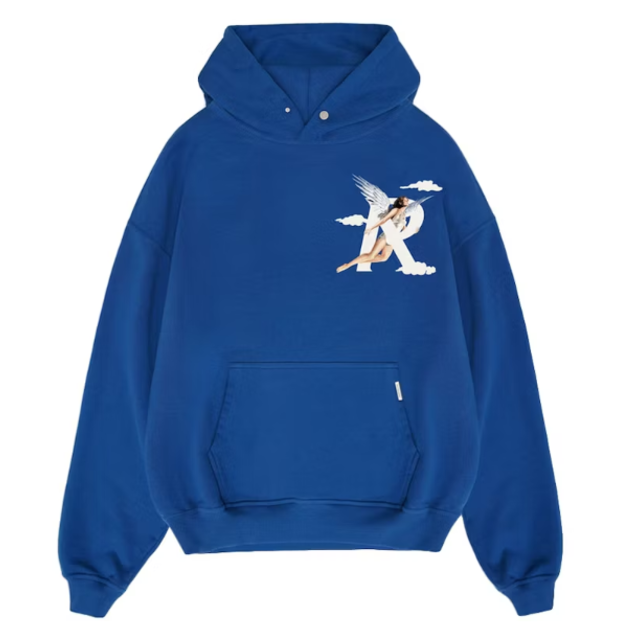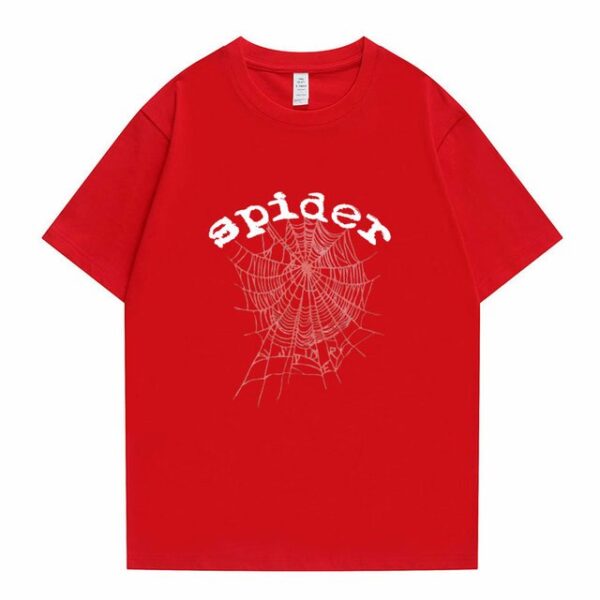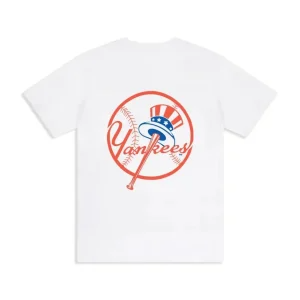Fashion serves as a powerful form of nonverbal communication, allowing individuals to express their identities, beliefs, and aspirations through clothing and personal style. From professional attire and cultural dress to casual wear and avant-garde fashion, every outfit communicates messages about the wearer’s personality, social status, and cultural affiliations.
For example, business attire such as suits and formal dresses conveys professionalism, authority, and competence in corporate environments, influencing how individuals are perceived and treated in professional settings. On the other hand, casual wear, streetwear, and fashion subcultures like punk or hip-hop express rebellion, individuality, and belonging within specific social groups.
Moreover, fashion communicates cultural identity by showcasing traditional attire, symbols, and textiles that reflect heritage, customs, and values. Ethnic clothing such as kimono, saree, or kilt not only celebrate cultural pride but also promote cross-cultural understanding and appreciation of diversity in a globalized world.
Fashion Trends: Reflecting Social and Cultural Shifts
Fashion trends are dynamic reflections of Minus Two Cargo societal attitudes, historical events, and cultural movements that shape collective consciousness and influence style preferences over time. Designers and fashion houses often draw inspiration from current events, art movements, music subcultures, and technological advancements to create collections that resonate with contemporary values and aesthetics.
For instance, the rise of athleisure wear in recent years reflects a growing emphasis on comfort, wellness, and active lifestyles in response to societal shifts towards health consciousness and work-life balance. Athleisure combines performance fabrics with casual styling, blurring the lines between sportswear and everyday fashion to meet modern consumers’ needs and preferences.
Additionally, fashion trends can serve as visual statements and expressions of social activism, advocating for gender equality Represent Clothing environmental sustainability, and cultural diversity. Designers and brands increasingly integrate ethical practices, inclusive designs, and sustainable materials into their collections to align with consumers’ values and https://www.blognewsau.com/ positive social change.
Fashion and Personal Expression: Empowerment Through Style
Individuals use fashion as a means of self-expression and empowerment, asserting their uniqueness, creativity, and identity through clothing choices and personal style. Personal expression in fashion allows individuals to experiment with different looks, trends, and aesthetics that resonate with their personalities and lifestyles.
Fashion influencers and style icons play a pivotal role in shaping personal expression by showcasing diverse fashion aesthetics, trendsetting outfits, and innovative styling techniques through social media platforms and digital channels. Their influence extends beyond traditional fashion boundaries, inspiring followers to embrace individuality, confidence, and authenticity in their own fashion choices.
Furthermore, fashion subcultures and niche communities provide spaces for individuals to connect, express shared interests, and challenge mainstream fashion norms through alternative styles and avant-garde aesthetics. These subcultures, such as punk, goth, and vintage enthusiasts, celebrate creativity, rebellion, and cultural diversity, fostering a sense of belonging and community among like-minded individuals.
Fashion and Psychological Impact: The Power of Clothing
The psychology of fashion explores how clothing influences perceptions, behaviors, and emotions, both internally and externally. Research suggests that what we wear can affect our mood, confidence levels, and self-perception, known as “enclothed cognition.” For example, wearing formal attire can enhance feelings of professionalism and competence, influencing cognitive processes and behavioral outcomes in social and professional contexts.
Moreover, fashion therapy utilizes clothing and personal style as therapeutic tools to enhance self-esteem, promote self-expression, and facilitate personal growth and empowerment. By aligning clothing choices with personal values, goals, and emotions, individuals can cultivate a positive self-image and strengthen their sense of identity and well-being.
In conclusion, “Fashion as Communication: Messages Through Clothing” explores the multifaceted role of fashion as a form of communication, cultural expression, personal empowerment, and psychological influence. From identity formation and social activism to trendsetting and psychological well-being, fashion continues to evolve as a dynamic medium that reflects and shapes societal values, individual identities, and collective aspirations.




